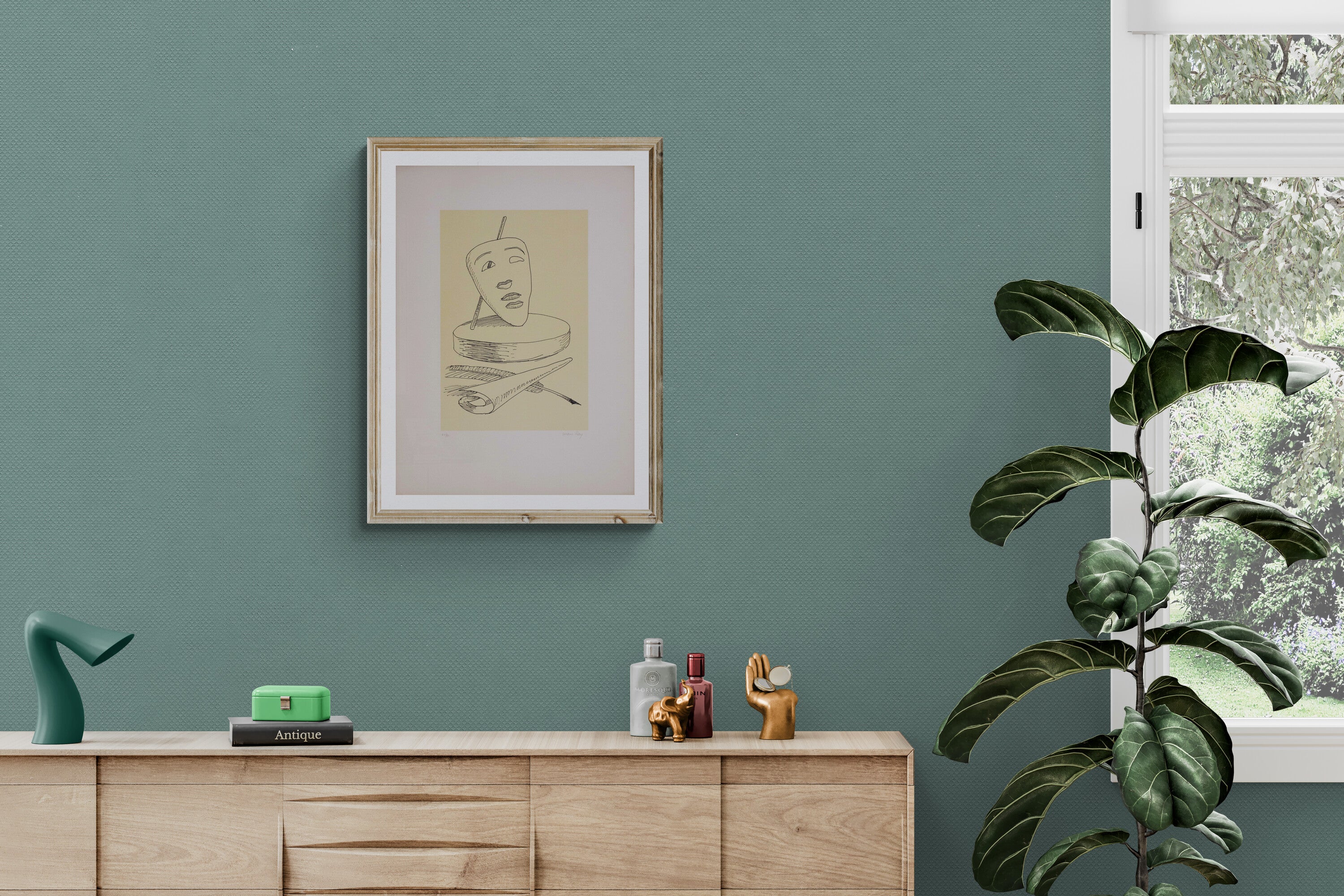Pompeo Borra biography
- POMPEO BORRA PAINTER

Pompeo Borra was an Italian painter. He was born in Milan on January 28, 1898, to a family of humble origins and was orphaned of his father at only 9 years old.
The young Borra decided to attend the technical institute and then continue his studies at the Academy of Fine Arts of Brera until, in 1916, he decided to leave as a volunteer to fight on the Italian front during the First World War.
At the end of the war, he returned to Milan and resumed dedicating himself to art and painting creating a series of paintings characterized by a primitivist character, in which the characters were only sketched and the final setting seemed to belong to another dimension.
From 1920 onwards, the artist constantly took part in various exhibitions of the Milanese Artistic Family which led him to establish himself on the national scene and achieve important milestones, such as participating in the Venice Biennale. Pompeo Borra's works were in fact exhibited for the first time in 1924 and are all united by the presence of powerful and strong subjects with primitive features. Thanks to this exhibition, the artist was noticed by Carlo Carrà, who decided to praise his compositions despite the harsh features of the characters.
Pompeo Borra's works are influenced by 20th-century artistic movements, which is why the painter managed to join several intellectual circles, including the one led by Margherita Sarfatti, with whom he had the opportunity to collaborate both in Italy and abroad.
In the following years he organized a solo exhibition at the Bardi Gallery in Milan, where he decided to exhibit old and new works characterized by a drastic change, especially regarding the brightness and intensity of colors. If Pompeo Borra's paintings were characterized by rather dark and gloomy chromatic shades, now they focus on the presence of clear and bright colors, able to emphasize not only the scene of the painting, but also the expressions of all the characters depicted in it.
In 1936 the artist decided to go to Paris in 1936 to detach himself from what, according to him, were the classical influences of Italian culture.
Following this experience, however, Pompeo Borra underwent a further change that led him to approach the style of Matisse, thus resorting to very intense colors such as blue, red, yellow and green, elements that characterize a new painting style, which would be very popular in the years to come.
The artist never hid his political ideas so much so that he was arrested in 1940 for his anti-fascist ideas.
When the Second World War also ended, Pompeo Borra returned to dedicate himself to his beloved painting, also deepening other themes, such as art criticism, which led him to publish a treatise on Piero della Francesca.
In this particular period of his life, the painter intensely dedicated himself to reproducing individuals isolated from society, using very intense colors to denote their social position and to make each figure assume the right importance in his world, since in the real one they were only discredited.
In 1951 Pompeo Borra obtained the chair of painting at Brera, becoming first a professor and then director of the academy until 1970.
In the last period of his life, he dedicated himself to perfecting the painting of female faces, giving them characteristics on which he had never focused before and intensifying the expressiveness of the woman, whose fundamental trait was precisely the gaze.
Pompeo Borra died in Milan in 1973.



